NOTES: Median sale prices are for 2021. For Chicago neighborhoods, the data is for townhouses and condos in the encompassing community area. SOURCE: Midwest Real Estate Data
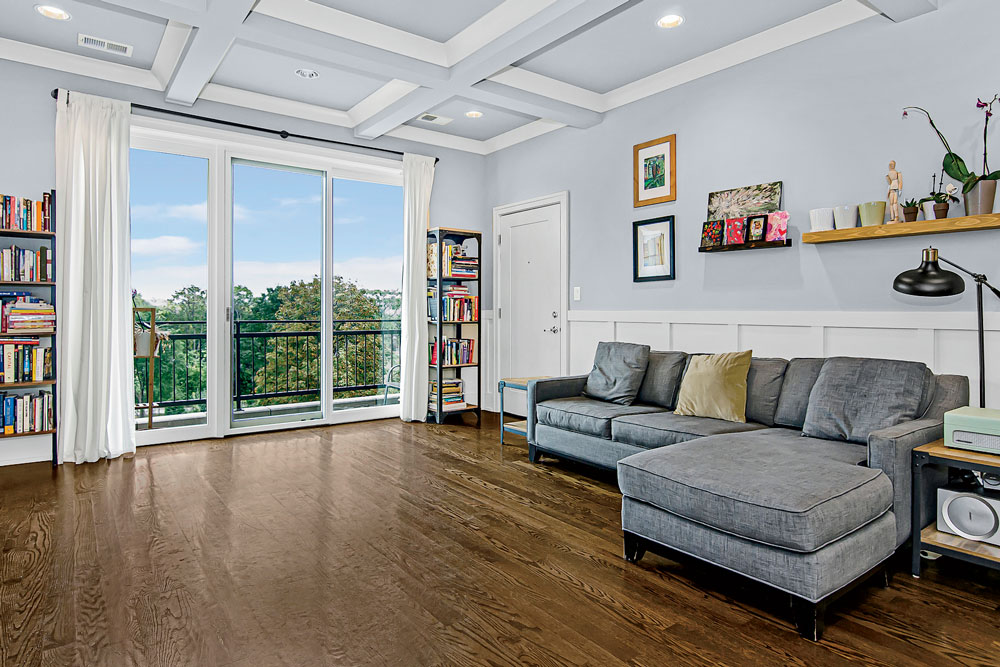
Five-year change: 188%
Bordered by Washington Park and the Midway Plaisance to the north and Jackson Park and Lake Michigan to the east, Woodlawn has long boasted plenty of green space, plus convenient Loop access via the CTA’s Green Line, the Metra Electric, and the South Shore Line. But in recent years, the neighborhood just south of Hyde Park and the University of Chicago has attracted more residential and retail investments, including newly constructed single-family housing and Woodlawn Central, a planned 1.25-million-square-foot mixed-use development from the Apostolic Church of God that will feature residential, retail, and office space, a hotel, and a performance venue. The promise of more community investment and the construction of the Obama Presidential Center in Jackson Park should keep home values rising.
On Ellis Avenue, new houses sell for upward of $600,000. But there are less pricey options, such as the three-bedroom, two-bathroom house on South Evans Avenue listed for $229,000. Attached housing is even more affordable: You can get a three-bedroom, 1,400-square-foot condo just steps from Jackson Park for $193,000. And while there are concerns about gentrification and displacement, organizations such as the Obama Community Benefits Agreement Coalition are working to ensure longtime Woodlawn residents gain from new investment, and the neighborhood is already benefiting from new affordable housing developments and financial assistance programs for homeowners.

Five-year change: 112%
Two words: presidential museum. Set to open in 2025, the Obama Presidential Center — nestled on the west end of Jackson Park in Woodlawn, to the northwest — is already transforming South Shore. “Both neighborhoods offer a great value proposition,” says Mark Killion of Kale Realty. “But I don’t think they are necessarily selected because a buyer was priced out of another area. I think they are selected because of all the great amenities.”
South Shore has a bountiful shoreline and the iconic South Shore Cultural Center, featuring a butterfly garden, golf course, and performing arts theater. Newer spots include the community-focused coffee shop South Shore Brew and the organic grocery store Local Market, which opened in 2019 on the former site of a Dominick’s, whose closure six years prior left the area a food desert. Those amenities, plus new development via the city’s Invest South/West initiative and a “well-maintained curb appeal,” says Real People Realty broker Lineata Carter, “create not only a sense of pride and confidence in maintaining the community but can also boost the value of the home.”
With a median sale price of $212,900, single-family homes are more expensived than attached housing, but your dollar still goes relatively far. You can get a two-bedroom bungalow with an updated kitchen and fenced-in backyard for $190,000 or a 2,430-square-foot Victorian with original stained glass and a large backyard deck for $450,000. And if you are willing to forgo a detached house, you can find an even better deal: A one-bedroom co-op with Lake Michigan practically in your front yard lists for $80,000.
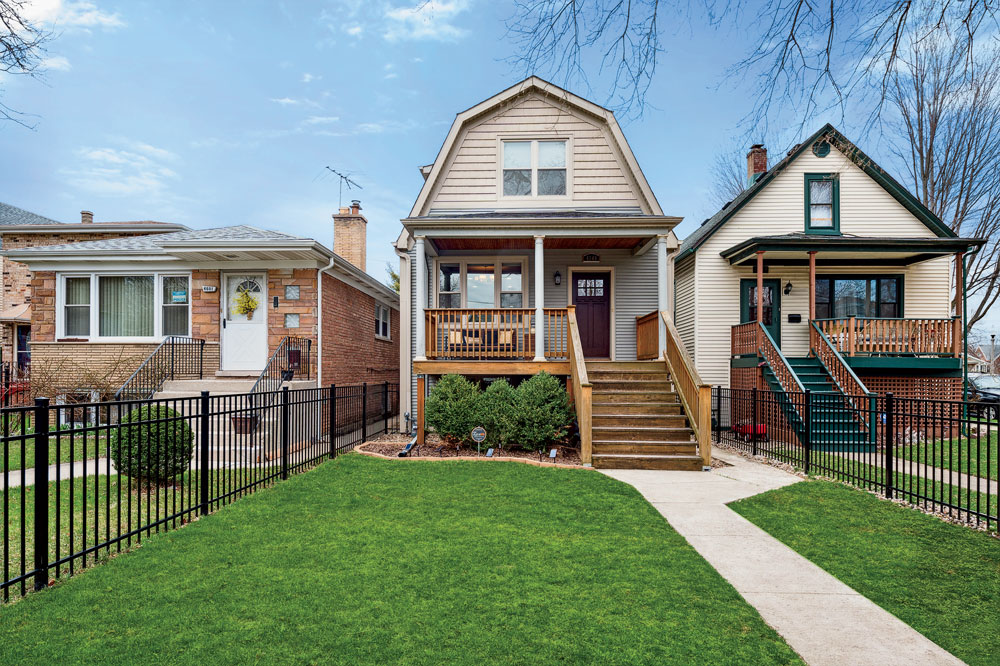
Five-year change: 16%
Walk through this neighborhood, one of the most diverse in Chicago, and you’ll see family-owned Lebanese restaurants, trendy Mediterranean grills, cozy Italian eateries, traditional Swedish restaurants, and no-frills Mexican spots. It’s no wonder Albany Park is often touted for its dining scene. There’s plenty more to love about this area, which offers a quasi-suburban feel — courtyard buildings, brick bungalows, and new condos.
Detached housing prices are up 43 percent from 2016, to nearly $500,000. But values can be found in attached housing. A two-bedroom condo a block from the Brown Line lists for $150,000, while a two-bed, two-bath, 1,100-square-foot unit is priced at $300,000. You can buy here for “a fraction” of what you’d pay in other North Side neighborhoods, says Marko Karacic, a managing broker for Atlas Realty Group. “It is still a hidden gem.”
When you buy in Albany Park, you don’t just get a home — you get a community. The Chicago River runs through Eugene Field Park, which hosts social and recreational programs; there are two universities; and the neighborhood’s multicultural flair is reflected in the arts scene, including the Albany Park Theater Project, which amplifies immigrant experiences.

Five-year change: 20%
This eclectic neighborhood feels like its own city within the city limits, with its wide array of eateries, beachfront, and community events such as the Argyle Night Market. You’ll also find iconic music venues, from the Green Mill to the Aragon Ballroom, and an assortment of cocktail bars and restaurants, including new arrivals like L/A Mex, a vegan taqueria, and old haunts like Max’s Place and Sun Wah BBQ. “Uptown has been kind of overlooked, maybe because it’s a little further from the Loop,” says Lauren Traficanto, a broker with Compass. “When the pandemic first happened, I was getting calls from people saying they want to move north and be on the lake.” She points clients who have been priced out of Lincoln Park and Lake View to Uptown.
“Uptown is great for those who are looking for lower price points,” adds Jodi Dougherty, director of broker development at Downtown Realty Company. Though single-family homes are pricey, you can snag a two-bedroom, one-and-a-half-bath duplex for $234,900 or, on the cheap end, a sunny studio that has a rooftop deck and lake views for $89,000. Want something bigger? How about a 2,500-square-foot, three-bedroom home in Uptown's Sheridan Park area for $475,000. “You get a lot more space for your money,” Traficanto says, especially compared with neighboring Lake View. Bonus: no Cubs traffic.
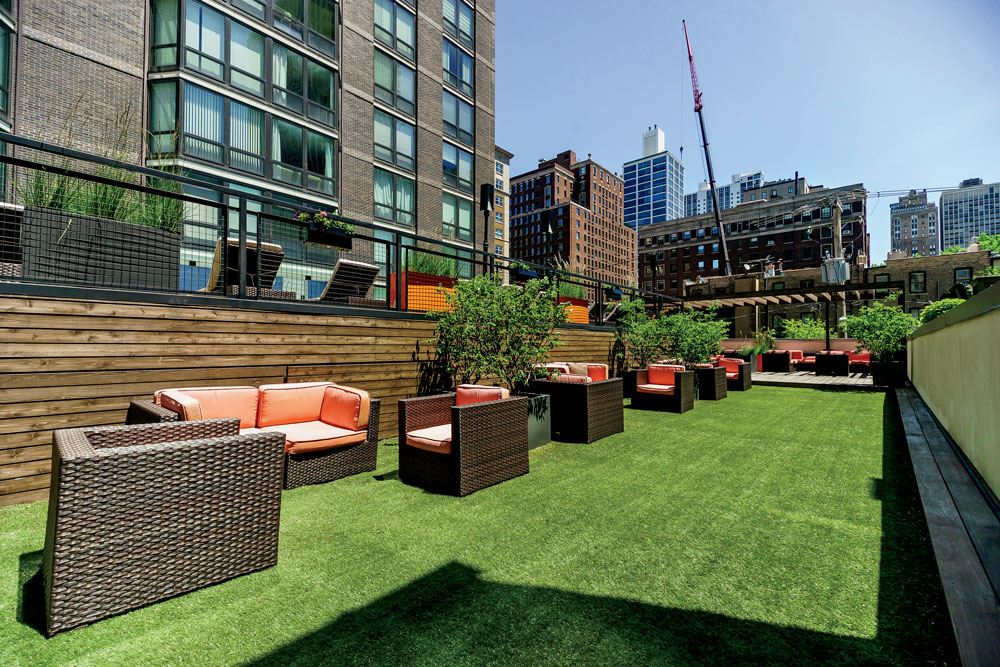
Five-year change: 0%
Value is all relative. And these days, you can find great buys among the city’s wealthiest ZIP codes. The Gold Coast has long been one of Chicago’s most desirable neighborhoods, coveted for its gorgeous homes, tree-lined streets, proximity to downtown, and lakefront access, not to mention its upscale shops and restaurants. But the pandemic and fears over a surge in crime caused some residents to leave, upending the housing market. The Near North Side, the community area that encompasses the Gold Coast, was the only North Side locale with no price increase for attached housing from 2016 to 2021 — and the lone area that saw a price decrease for single-family homes, with the median cost falling 14 percent. That leaves an opportunity for smart buyers.
“The [Chicago] market has been great for everybody with the exception of the large condos downtown,” explains Phil Skowron of @Properties. “It’s left a 10 to 15 percent discount on the table for a lot of people to take advantage of. When you’re talking about a $2 to $3 million condo, 10 to 15 percent is a lot of money.” Prices have started to increase as offices have reopened, but they’re still far below where they were at the start of 2020.
But the Gold Coast isn’t all seven-figure price tags, and buyers with a smaller budget can find great value, too. A two-bed, two-bath condo with 1,300 square feet and Lake Michigan views was listed in April at $489,900; smaller apartments can go for half that. If you want to spend more, for $995,000 you can get a 2,000-square-foot, three-bedroom unit that sold for $1.2 million less than four years ago. “People who get the best deals are those willing to buy when the market is down, do the opposite of what everyone else is doing,” Skowron says. “That’s where a buyer will find an opportunity right now.”
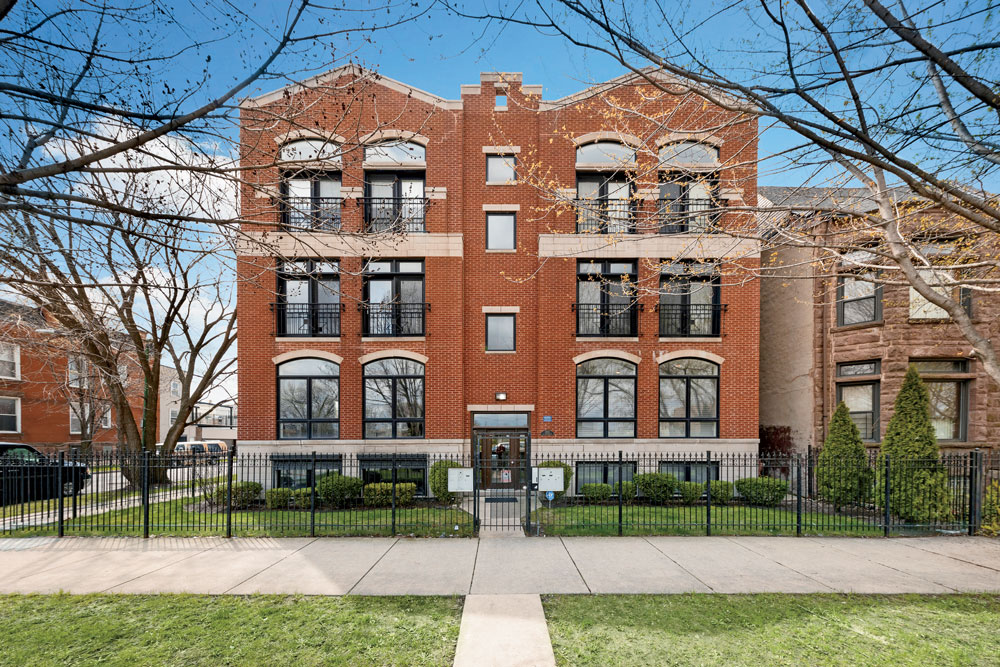
Five-year change: 105%
This reinvigorated community is anchored to the west by 173-acre Garfield Park and its namesake conservatory. And like the thousands of plant species there, the price of housing in the neighborhood has been growing steadily. Still, you can find good value: For $240,000 you can get a two-bedroom condo with a deck view of the skyline. If you are willing to spend $85,000 more, you can score a renovated three-bedroom, one-and-a-half-bath house with hardwood floors. “East Garfield Park is home to many architectural gems,” notes Samara Morris, a broker with Baird & Warner. (In April, a beautifully restored four-bedroom greystone sold for $699,000.) But there are also plenty of bungalows and newer condos, giving homebuyers a range of choices. “Opportunities abound for savvy buyers,” Morris says.
That’s because East Garfield Park is primed for further development. Just 15 minutes on the Green Line from downtown, this neighborhood is an appealing option for commuters, especially as offices reopen — and investors (not to mention homebuyers) are paying attention. Residents, though, are working to ensure that new development benefits the community. The dining scene has been lackluster, but the Hatchery, a $34 billion food business incubator that opened in East Garfield Park in 2018, is bolstering local entrepreneurs and aspiring restaurateurs. A community-owned fruit and nut orchard is planned for the neighborhood’s Fifth Avenue corridor. Inspiration Kitchens, which serves lunch on Fridays and brunch on Saturdays, bolsters the community with job training programs. And with displacement a growing concern, a nonprofit developer is aiming to use vacant city-owned land to build Garfield Green, an affordable housing project with street-level retail space.
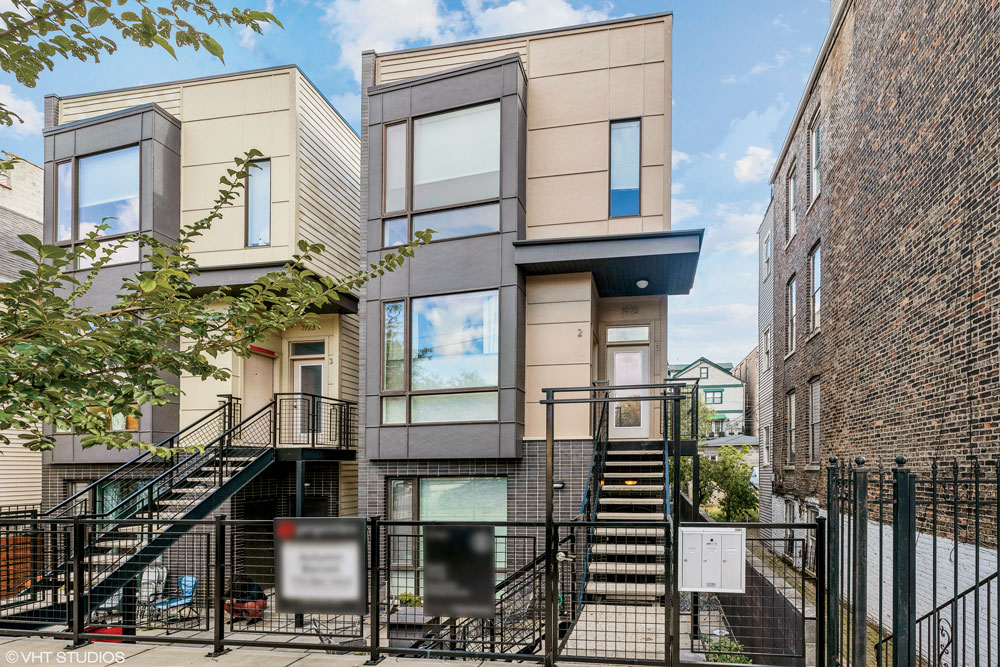
Five-year change: 27%
In this lively community, you’ll see art galleries, quaint cafés, swanky cocktail bars, and bistro lights — a telltale sign of a neighborhood on the upswing. But while the area is changing, it’s also maintaining much of its ethnic character. Pilsen features some of the best Mexican food in town, the National Museum of Mexican Art, and colorful murals, notably along the two-mile 16th Street railroad embarkment. And while many younger residents have moved in, families remain the backbone of this community.
Gentrification often means skyrocketing rents, but the cost of housing has grown relatively modestly in the Lower West Side community area. Buyers can feel confident they’ll build equity over time. “I’ve seen a few bubbles, but this one looks like it’s pretty steady as far as the rise,” says Pilsen Realty managing broker Frank Capoccia. Adds Lauren Traficanto of Compass: “It’s definitely going to keep growing. There’s so much new construction, which is always a sign.” Pilsen’s housing stock includes rehabbed condos as well as new apartments. And prices are lower than in other in-demand areas close to downtown, making it an appealing option for hybrid workers looking for convenience and neighborhood amenities. A two-bedroom, two-bath condo built in 2017 and featuring city views from the balcony goes for $350,000, while a 2,305-square-foot two-flat was listed for $495,000. “If my first-time homebuyers want a two- or three-flat, Pilsen’s a good option,” says Traficanto. “There’s less competition, and the prices aren’t anywhere near what they are in Logan Square or Bucktown.”
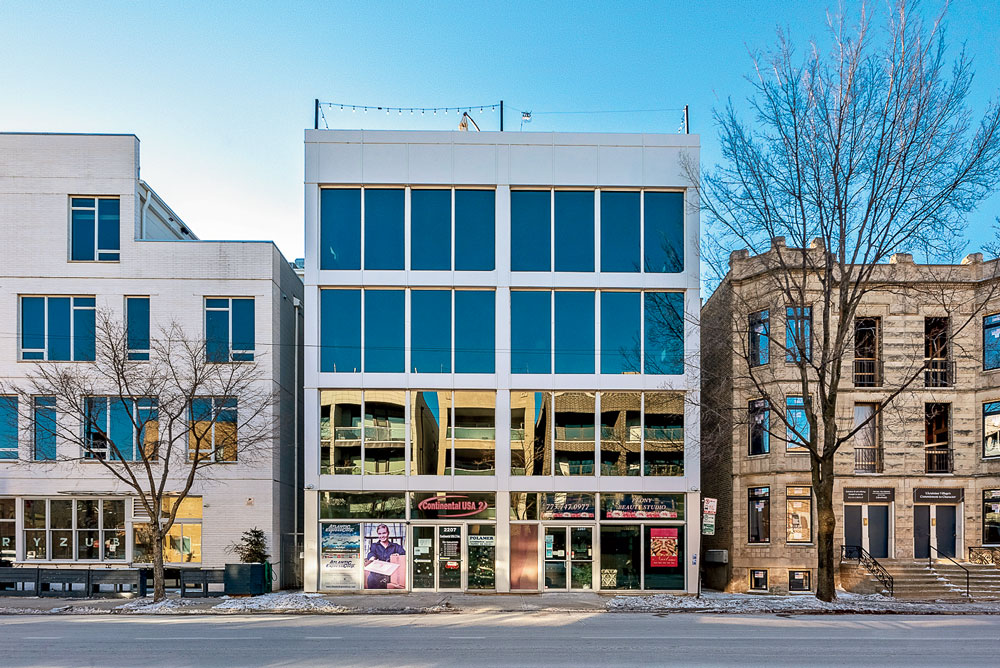
Five-year change: 18%
The Ukrainian shops and restaurants on Chicago Avenue have long been staples of this neighborhood, which is part of the West Town community area, and the Ukrainian National Museum of Chicago pays homage to Ukrainian culture and immigrants. But these days, you’ll find a wide mix of residents, Eastern European and otherwise.
Old single-family houses coexist with low-rise condo buildings with big balconies. “You can get into places with lower assessments because you’re not paying the high-rise assessment fees,” says Jodi Dougherty of Downtown Realty. In Ukrainian Village, she says, you’ll find “a lower price point than the surrounding neighborhoods, but without limiting its offerings and access.” Some parts are more affordable than others. “People are probably finding that value over in the southern area,” Dougherty says. A two-bedroom condo with a spacious eat-in kitchen lists for $214,900. And even pricier options — such as a three-bedroom, two-bath condo with floor-to-ceiling windows, heated bathroom floors, and a large deck for $615,000 or a three-bedroom cottage with yard space and a guest house for $900,000 — are less than they’d be in Wicker Park or Bucktown to the north.
Getting to the Blue Line requires a short bus ride or a long walk, but it’s a great area to get those steps in: According to the website Walk Score, the eastern part of Ukrainian Village is the most walkable section of the city.


